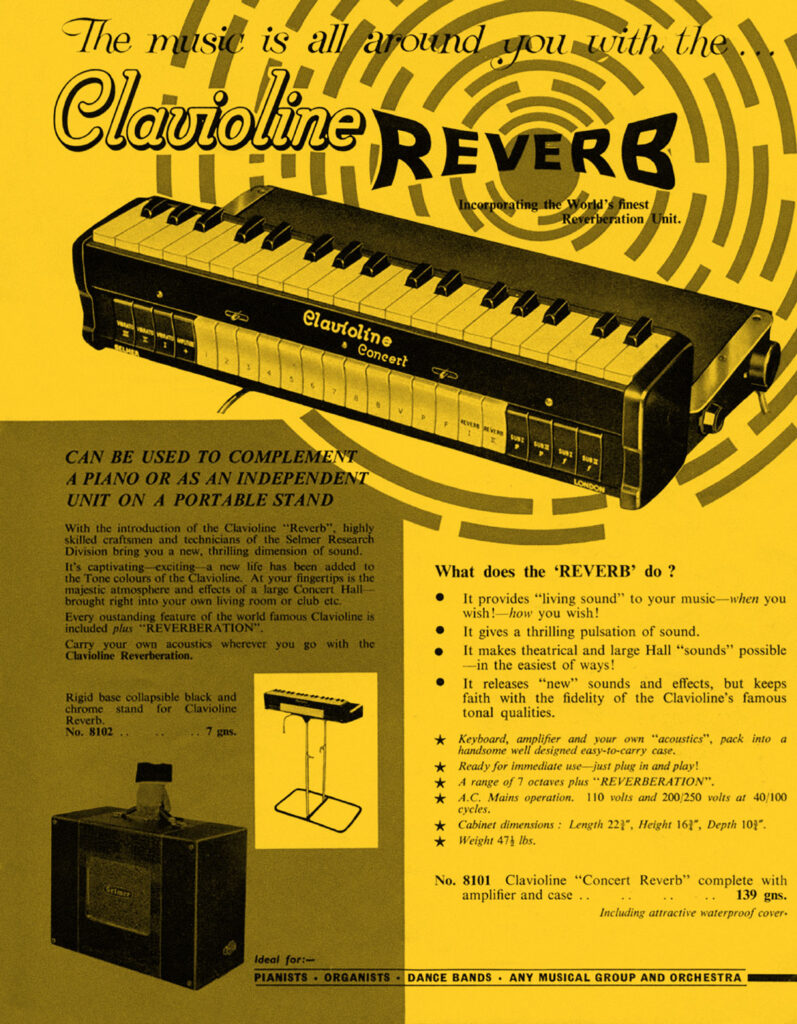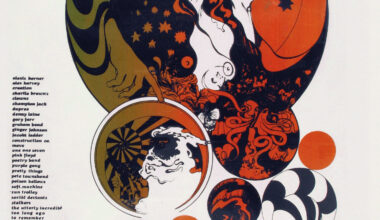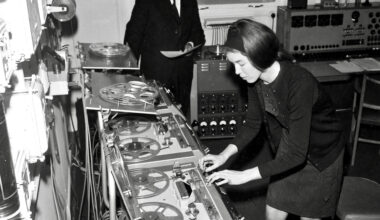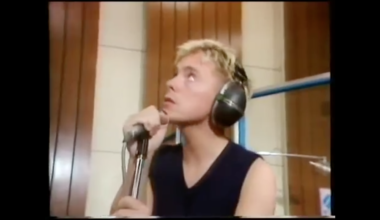We set the dial to 1961 where the unmistakable sound of Del Shannon’s Number One smash hit ‘Runaway’ rules the airwaves… but what is that flute-like sound that drives it along? Prepare yourself for a lesson in electronic music instrument history

In the early 60s wilderness years, between first generation rock ’n’ roll and The Beatles/Stones, Del Shannon was an anomaly. A US teen idol who could sing and actually write songs too, he was good enough to sustain a chart career well beyond the imminent British invasion. But it wasn’t just the looks, the songs and the voice. Shannon had an ace card.
‘Runaway’, his first and biggest hit, is that rare thing, an instantly memorable, unconventionally built pop record.
“When we first took it in to be recorded the complaint was that it was too complex and non-commercial,” says Max Crook, Shannon’s keyboard player and co-writer of ‘Runaway’. “But they didn’t realise that every part of the song is a hook.”
There’s the minor/major shift, the absence of a recognisable verse/chorus structure, the falsetto – and then there’s Crook’s 25 second flute-like solo that comes in out of nowhere. The instrument he played it on was, he said, a Musitron (contraction of music and electron). Which is what, exactly? At the time he wouldn’t give much away, but as the years passed it became known that the Musitron was a modified Clavioline. At which point we need to take a diversion into a significant yet under-documented story in electronic musical instrument history.
It goes like this. In 1939, Hammond launched the Novachord, a tube-based monster that some claim was the first polyphonic synthesiser.
A three-octave monophonic electronic keyboard with its own separate combo amp, the keyboard could be attached beneath a piano keyboard, using metal brackets that came supplied. The amp fitted either underneath or to the side of the “parent” instrument. Performers could play right hand melodies on the Solovox with left hand piano chords.
Or, as the Solovox manual put it, “The beautiful sustained tones of
the Solovox blend in thrilling fashion with the percussion tones of
your piano”.
The Solovox was the first of what we can call, collectively, piano attachments. If you were looking for an electronic instrument between 1940 and the mid-60s, chances are you bought one. Mass-produced by several companies, piano attachments were widely used in film soundtracks, rock ’n’ roll, free jazz, light entertainment and just about any other genre besides.
The most successful piano attachment was the Clavioline. Designed by Constant Martin in 1947, it was licensed to Gibson in the US and Selmer in the UK. Selmer launched theirs in 1950, with Gibson’s debuting in 1952 at the National Association Of Music Merchants convention and trade show in New York City. It caused quite a stir at NAMM, with the New York Times reporting that the “hot news here is not the world premiere of a new piano concerto, but the new Clavioline”.
Crook acquired a secondhand Gibson model in 1959 and set about modifying it. To this day he remains vague about what he actually did, but the original amp was discarded, the keyboard was altered to extend its range, and the tuning circuit was adapted into a pitch bend. The package was completed by home-made effects units, including a reverb box using springs from a garden gate. Shannon was intrigued, integrating the Musitron into his act from the moment Crook presented it to him that year.
Shannon recorded ‘Runaway’, complete with Musitron overdub, on 21 January 1961. It’s said the tapes were sped up to make the record more commercial, and indeed it’s pitched in a netherworld somewhere just below B-flat minor. Yet despite this and its other oddities, Runaway’ was a triumph – a US Number One by April, a UK Number One by June.
The Musitron, though, is just one chapter in the much longer piano attachment history. In 1956, Selmer was placing adverts claiming sales of more than 7,000 Claviolines in six years. By then, British company Jennings (of Vox amp fame) had introduced a cheaper rival, the Univox, which, to the untrained eye and ear, looked and sounded much the same. The two companies engaged in an advertising skirmish in Melody Maker, each claiming the virtues of their instruments over other “similar products”, and lining up celebrity endorsements.
Jennings had the light-orchestral superpower Mantovani. Selmer, meanwhile, explained that Claviolines had been installed in all manner of important places, including the RAC Club, Streatham Ice Rink and on the Queen Mary. This rivalry extended to the biggest UK-produced piano attachment hit, ‘Telstar’ by the Tornados. A Jennings advert claimed it was a Univox you hear on the Joe Meek-created international Number One of 1962, but most Meek authorities think it was a Clavioline. A posthumous inventory of the contents of Meek’s studio revealed that he owned both instruments. And, given they sound so similar anyway, who knows which one it was?
Selmer stopped producing Claviolines around 1964, but they and other piano attachments survived in common use well into the synth age. Extraterrestrial deity Sun Ra was a keen exponent, and Vangelis waxed lyrical about his when speaking to Sounds in 1974. Charles Hayward played a Maestrovox – another British piano attachment – in experimental art-rockers This Heat, and John Lennon played a Clavioline on ‘Baby, You’re A Rich Man.’ John Barry and Sergio Leone used theirs in film soundtracks. And then there’s Amon Düül II and The White Stripes. It seems the Minimoog wasn’t the first revolutionary portable monophonic electronic keyboard instrument after all.
As for Shannon, his ‘Hats Off To Larry’ was another big hit featuring the Musitron. He remained a chart regular until the mid-60s, before drifting into management, production, cabaret work and occasional comebacks. He took his own life in 1990.
Crook’s professional musical career ended after his work with Shannon. He was, though, half of a pioneering electronic pop duo called The Sounds Of Tomorrow, with Scott Ludwig. Active in the mid-1960s without releasing any recordings at the time, the duo’s work eventually appeared on an RPM compilation in 2005. Crook now lives in New Mexico, and still performs occasionally with the Musitron.





